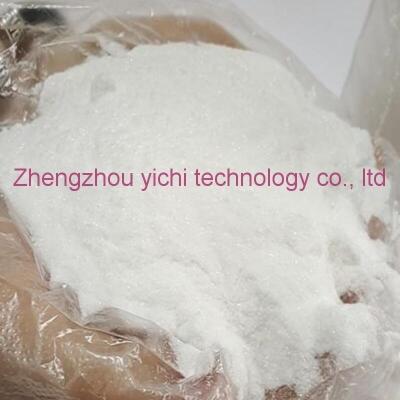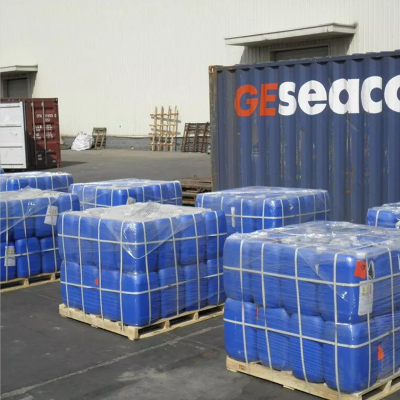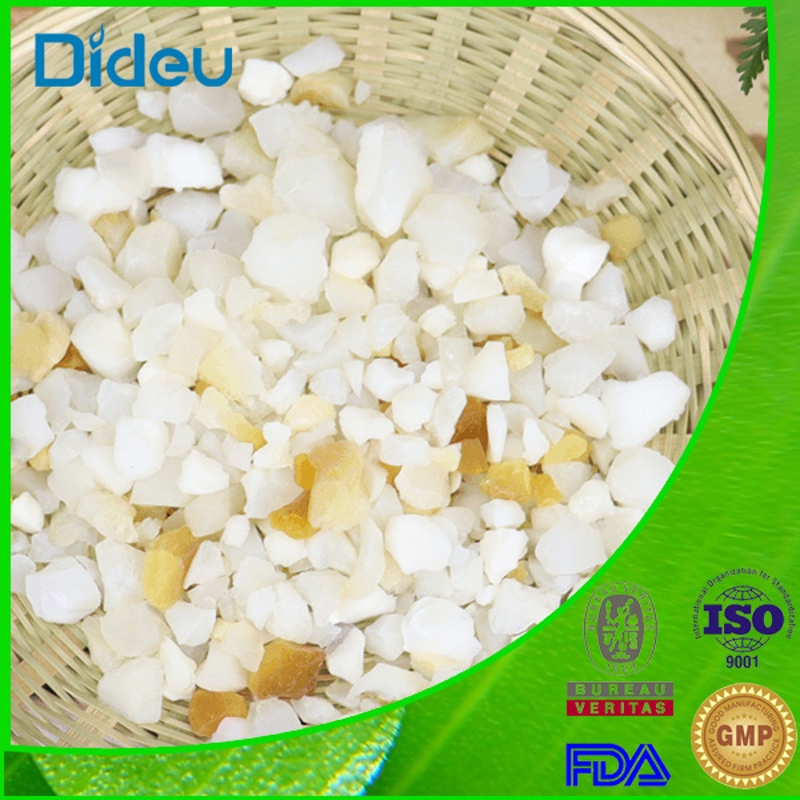-
Categories
-
Pharmaceutical Intermediates
-
Active Pharmaceutical Ingredients
-
Food Additives
- Industrial Coatings
- Agrochemicals
- Dyes and Pigments
- Surfactant
- Flavors and Fragrances
- Chemical Reagents
- Catalyst and Auxiliary
- Natural Products
- Inorganic Chemistry
-
Organic Chemistry
-
Biochemical Engineering
- Analytical Chemistry
-
Cosmetic Ingredient
- Water Treatment Chemical
-
Pharmaceutical Intermediates
Promotion
ECHEMI Mall
Wholesale
Weekly Price
Exhibition
News
-
Trade Service
4-Ethylguaiacol is an important chemical compound used in the fragrance and flavor industry.
It is a derivative of guaiacol, which is obtained from the oil of cinnamon.
The synthetic routes of 4-ethylguaiacol have been extensively studied and developed over the years, and there are several methods available to synthesize this compound.
In this article, we will discuss some of the most common synthetic routes of 4-ethylguaiacol.
One of the most common methods of synthesizing 4-ethylguaiacol involves the reduction of 4-ethylphenol.
4-Ethylphenol can be obtained by the reduction of 4-ethylcatechol, which is obtained from the reaction of o-cresol with para-formaldehyde.
The reduction of 4-ethylphenol can be carried out using hydrogen in the presence of a metal catalyst such as palladium on barium carbonate.
This reaction involves the addition of hydrogen atoms to the double bond of 4-ethylphenol, resulting in the formation of 4-ethylguaiacol.
Another common method of synthesizing 4-ethylguaiacol involves the reduction of 4-ethylcatechol using borane-phenylborane complex.
This method involves the reduction of 4-ethylcatechol with borane-phenylborane complex in the presence of a Lewis acid catalyst such as aluminum chloride.
This reaction results in the formation of 4-ethylguaiacol, which can be further purified by crystallization or distillation.
A third method of synthesizing 4-ethylguaiacol involves the condensation of 4-ethylphenol with acetaldehyde in the presence of a strong acid catalyst such as sulfuric acid.
This reaction results in the formation of 4-ethylguaiacol, which can be purified by filtration and washing with water.
In addition to the above-mentioned methods, there are several other methods that have been reported in the literature for the synthesis of 4-ethylguaiacol.
These include the reduction of 4-ethylcatechol using zinc amalgam, the condensation of 4-ethylphenol with acetic aldehyde, and the reduction of 4-ethylphenol using sodium in liquid ammonia.
Overall, the synthetic routes of 4-ethylguaiacol are many and varied, and they continue to be the subject of ongoing research and development.
The choice of synthetic route will depend on several factors, including the availability of starting materials, the desired yield and purity of the product, and the cost and scalability of the process.
Regardless of the synthetic route chosen, the synthesis of 4-ethylguaiacol remains an important and challenging task in the chemical industry.







